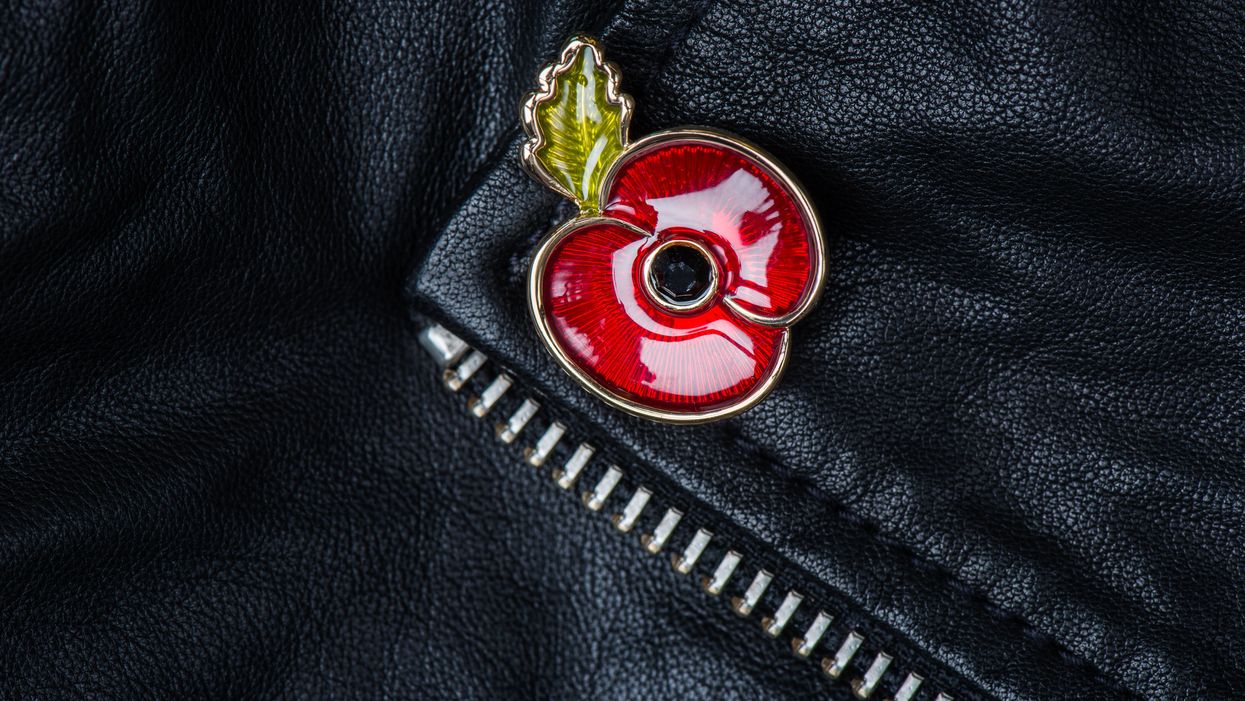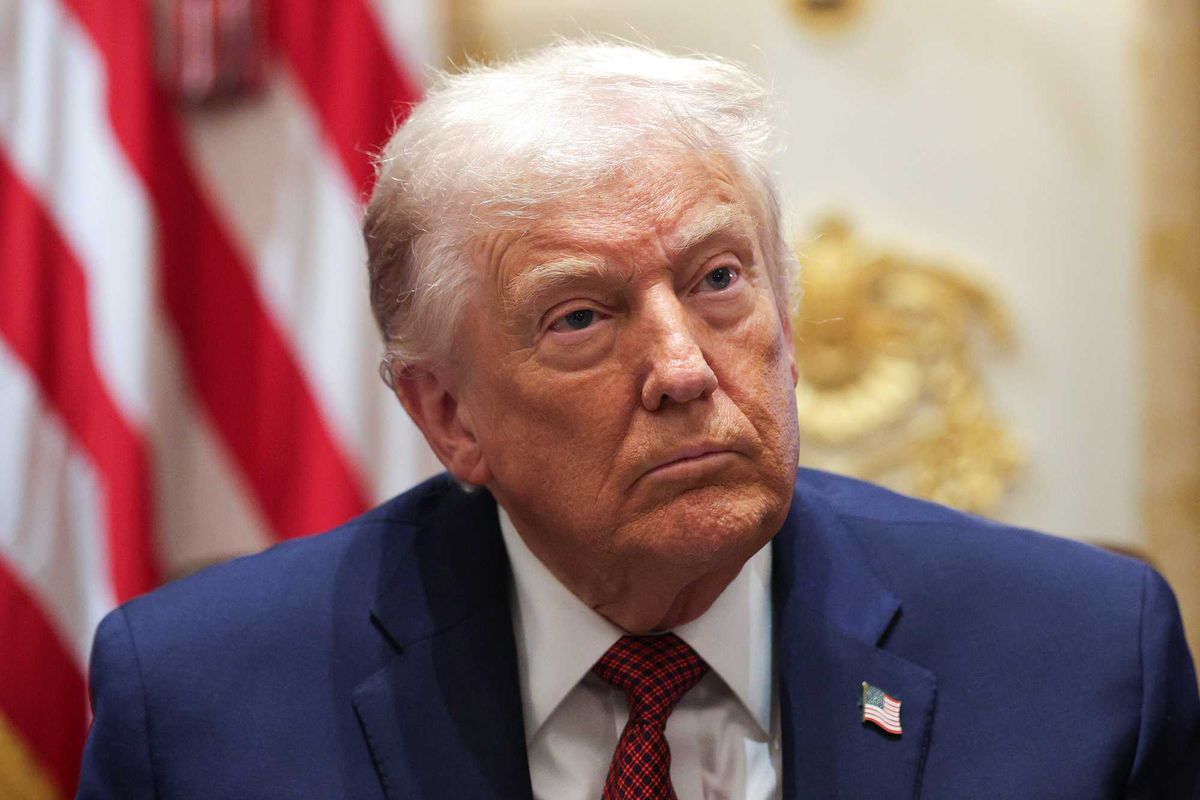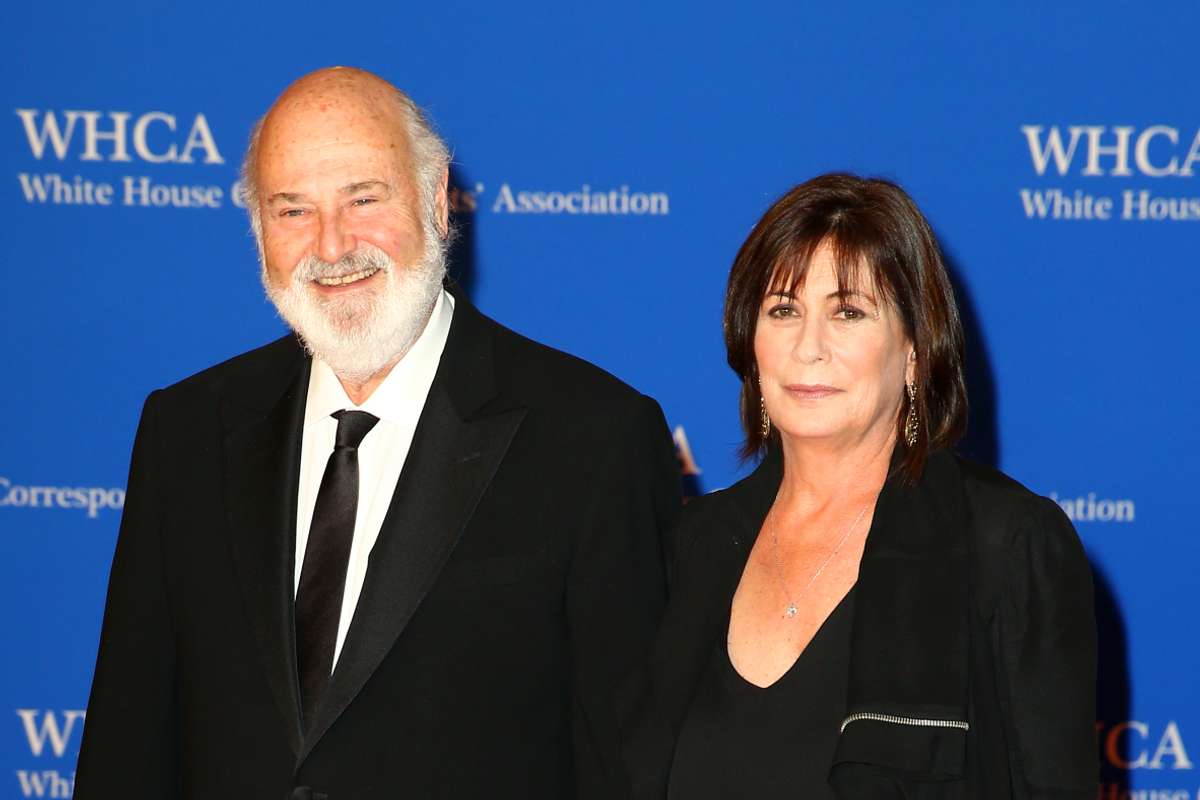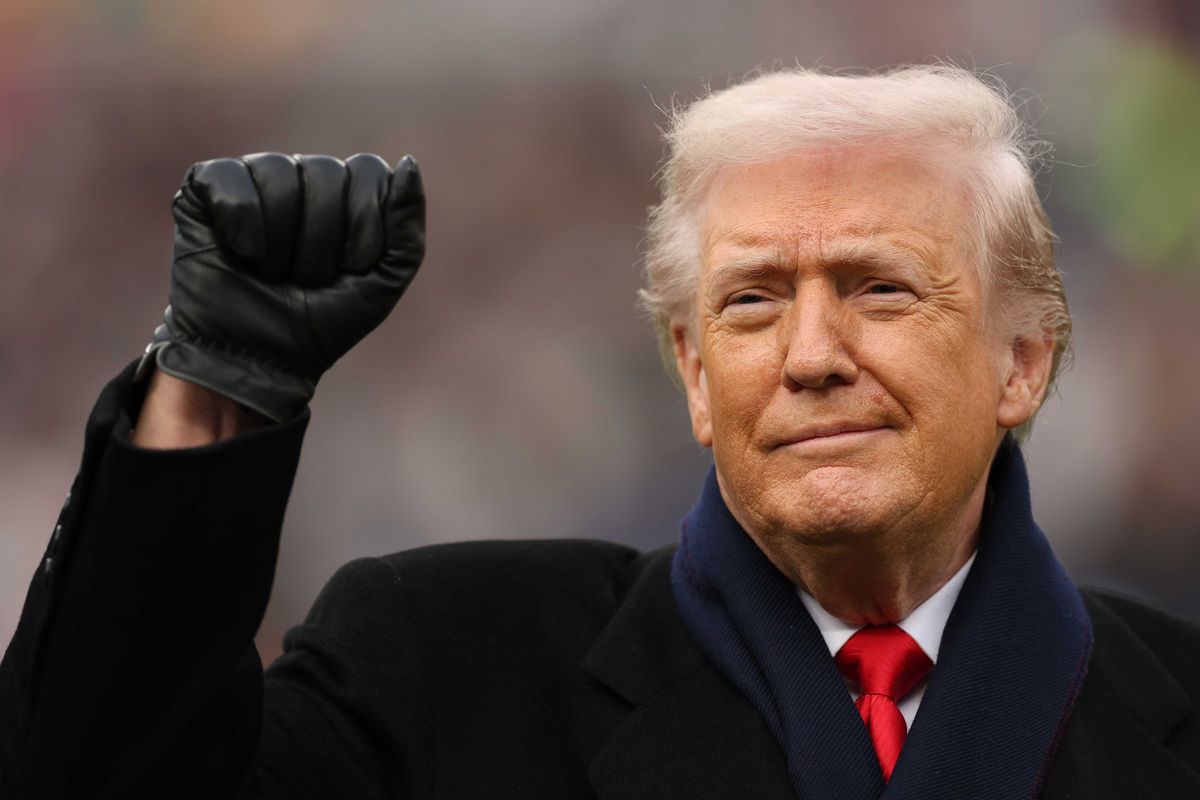The red poppy has been a symbol of remembrance for the British armed forces for 100 years.
The Royal British Legion, formed in 1921, sells red poppy pins each year to support members of the Royal Navy, British Army, Royal Air Force, veterans and their families.
Poppies were chosen as a symbol of remembrance due to a poignant image in WW1 field surgeon John McCrae’s poem In Flanders Fields. In the poem, he wrote about seeing the delicate red flowers continue to flourish on the battle-scarred ground of Flanders.
He wrote: “In Flanders fields the poppies blow, between the crosses, row on row.”
Sign up to our free Indy100 weekly newsletter
You will typically see people donning poppies during the Remembrance period. This period begins on the last Friday in October and ends on Remembrance Day, or Armistice Day, on 11 November.
Despite poppies traditionally being red in colour, several different iterations have sprung up over the years. Here’s what they are, and what they mean:
White poppies
Made by the Peace Pledge Union (PPU), the white or silver poppy represents all victims of all wars, including both civilians and members of armed forces.
It is also a symbol of a commitment to peace and non-violent solutions, and challenges “attempts to glorify or celebrate war”.
Former soldier Michael Pike from Northamptonshire said: “The white poppy is to remember all the human beings who have suffered, regardless of race, colour, creed, sex or age. We need to commemorate all the victims of war."
On their website, the PPU outlined that they wish to remember the British military dead while acknowledging that they are not the only victims of war.
Instead, they want to also remember the civilians who have died or suffered because of war, both in the past and today.
They write: “Suffering does not stop at national borders, and nor should remembrance.”
In a Twitter thread, architecture critic Phineas Harper explained that they wear a white poppy for a number of reasons, including as a mark of recognition to the civilians who are killed in war, while funding the PPU’s educational and campaigning work.
The white poppies were first produced in 1933 by the Co-operative Women’s Guild, made up largely of women who had lost husbands, fathers, sons, brothers and friends in WW1. They made the poppies as a symbol of renewed commitment to the “never again” spirit of 1918.
Purple poppies
The purple poppy honours the service of animals in war.
Horses, mules and donkeys were used for heavy lifting and transport during wartime. Horses were also used for cavalry in WW1, according to the Imperial War Museum.
Dogs also had an important role to play, as their keen noses meant they were invaluable in search and rescue missions. Carrier pigeons were also involved as they transported messages across the battlefields.
The purple poppy appeal was originally launched by Animal Aid, but the group now creates purple paw badges that can be worn year-round. Animal Aid aims to highlight that animals who died in war are victims, not heroes.
The purple poppy appeal is now organised by the War Horse Memorial.
Black poppies
Organised by the Black Poppy Rose organisation, the black poppy commemorates the contributions of the African, Black, Caribbean, Pacific Islands and Indigenous communities to war efforts since the 16th century.
The black poppy was launched in 2010 by Selena Carty to highlight “largely untold historical legacies.”
The organisation aims to educate on the missing key historical narratives that have shaped the world we know today. Black Poppy Rose also wants to ensure the preservation of Black history by raising awareness and sharing information.
Why are poppies controversial in the first place?
Some people seek alternatives to the red poppy as for some, it is a controversial symbol.
In 2018 Manchester United footballer Nemanja Matic said he doesn’t wear the red poppy as it reminds him of the 1999 Nato-led bombing of Serbia, which he witnessed first-hand at 12 years old.
Another footballer to make headlines is Wigan Athletic’s James McClean who previously explained that as the red poppy commemorates all military personnel - not just those who died during WW1 and WW2 - he cannot wear it due to the history of where he comes from in Northern Ireland.
McClean is from Derry, the city where Bloody Sunday took place in 1972. On 30 January 1972 British soldiers shot dead 13 unarmed civilians during a peaceful protest. A fourteenth victim died later.
The red poppy can be seen by some as being tied to British patriotism, which can prove contentious in regions such as Northern Ireland.
The white poppy isn’t free from controversy either, however.
MP Johnny Mercer previously slammed white poppies as “attention seeking rubbish”. In a tweet, the Plymouth MP said the white poppy “hijacks” the “symbolism” of the red poppy for the wearers’ own ends.
According to The Independent, the Royal British Legion takes a neutral stance on white poppies. They say: “We have no objection to white poppies, or any group expressing their views.
“We see no conflict in wearing the red poppy alongside the white poppy. We do ask that the items are not offered alongside each other however as this would confuse the public.”
Have your say in our news democracy. Click the upvote icon at the top of the page to help raise this article through the indy100 rankings.














